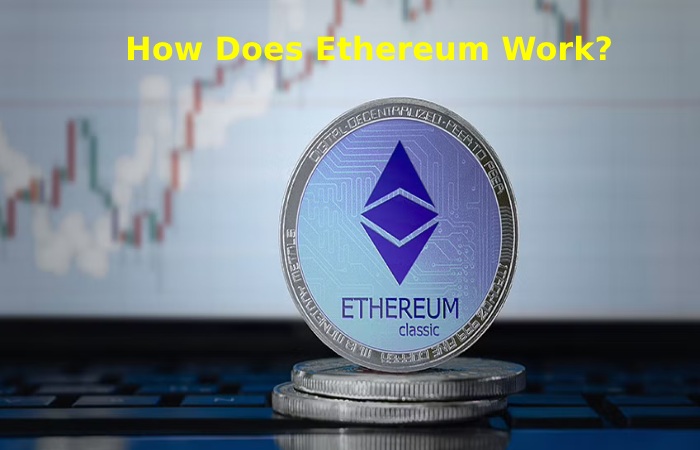Table of Contents
Introduction
Ethereum is a digital platform that incorporates blockchain technology and extends its use to various applications. Ether, its native cryptocurrency, is the second major in the market.
The Ethereum platform was generated in 2015 by programmer Vitalik Buterin to create a tool for decentralized and cooperative applications. Ether (ETH), its native cryptocurrency, is a token that can be used in transactions using this software. Like bitcoin, Ether is a share of an autonomous peer-to-peer commercial scheme without government intervention. Like Bitcoin, Ether exploded in value in a short time.
In January 2016, Ether was exchange at around $1; in January 2018, the cryptocurrency hit its all-time high of $1,391. However, in October 2020, Ether moved away from its all-time high and fell below $390. Its value has been confirm to be volatile, with frequent daily fluctuations. Although it is just one crypto among hundreds, it is also one of the few with a large market capitalization alongside its two main competitors, Bitcoin and Bitcoin Coins.
Also Read: What is Data Science? – Development, Process, and More
How does Ether Work?
Ether, like other cryptocurrencies, uses a standard digital ledger where all transactions are recorded, and it is publicly available, completely transparent, and challenging to change afterward. This “digital ledger” is called blockchain or blockchain and is create through data mining.
Miners are responsible for proving groups of Ether transactions to form “blocks” and encoding them by solving complex algorithms. These algorithms can be more or less hard to maintain some consistency in the processing time of the blocks (roughly one every 14 seconds).
Then the new blocks are link to the previous blockchain, and the miner concerned receives a reward, i.e., a fixed amount of Ether tokens. Usually, this is 5 units of Ether, although this number can also reduced if the cryptocurrency stays to rise.
How to Trade with Ether?
To start trading Ether price activities, access your CFD trading platform; if you don’t already have it, you need to open your live account first. You can find “Ether” by selecting the cryptocurrency market in the left menu or directly searching. Note that you will then be trading a derivative contract on the price of Ether but will not remain the direct owner of the cryptocurrency.
How Does Ethereum Work?

The Ethereum blockchain is very similar to Bitcoin’s, but its programming language allows developers to create software to manage transactions and automate specific outcomes. This software can called a smart contract.
While a traditional contract describes the terms of a relationship. A smart contract ensures those terms can met by writing them in code. These programs automatically execute the contract once predefine conditions can met, eliminating the delay and expense of manually running an agreement.
To give a simple example, an Ethereum user could make an intelligent agreement to send an assured amount of Ether to a friend on a particular date. They would write this code on the blockchain, and when the deal was complete (i.e., when the agree date came), the Ether would also sent automatically.
Smart Contracts Also Have Several Additional Benefits:
- They eliminate the middleman figure, giving the user complete control and minimizing additional costs
- They are record, encrypted, and mirrored on the public blockchain, where all users can view market activity.
- Eliminate the time and effort required for manual processes
Of course, smart contracts are still a brand new system with many details to be work out. The code is translate verbatim, so any error in contract creation can lead to undesirable results that cannot be change.
Conclusion
Ethereum is an open basis decentralize blockchain with smart contract functionality, and Ether is the native cryptocurrency of the platform. Among cryptocurrencies, Ether remains the second largest market capitalization after Bitcoin. Ethereum was design in 2013 by programmer Vitalik Buterin.
